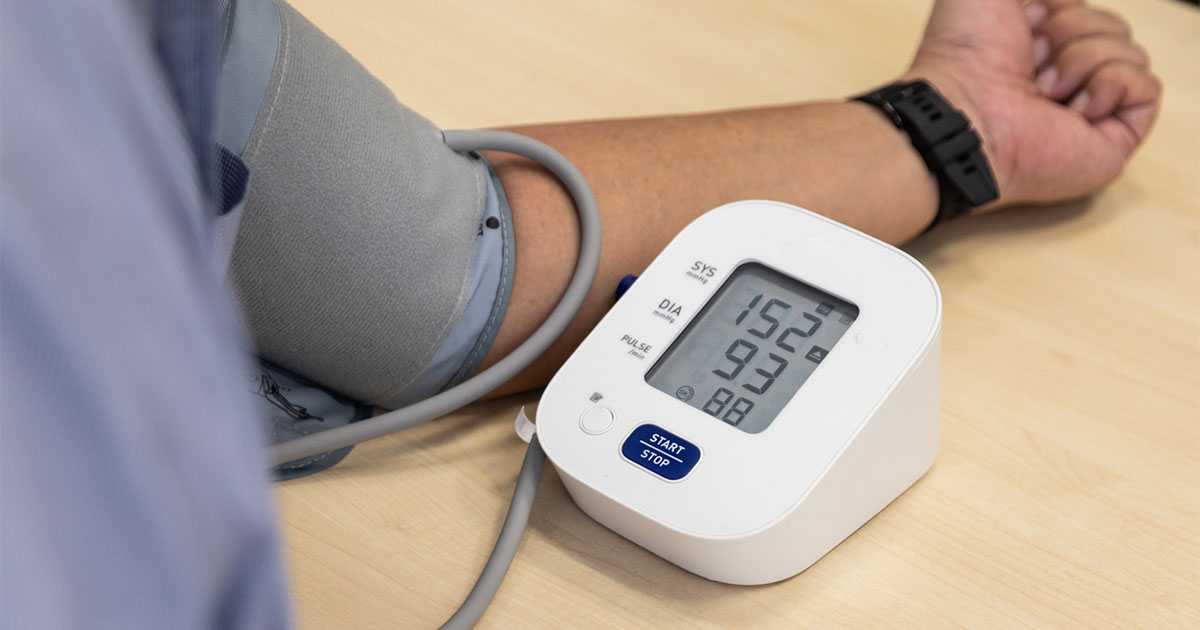For several years, a national programme for screening for diabetes has appeared tantalisingly close. The rising incidence of diabetes in the UK, as well as its macrovascular and microvascular complications, has prompted calls for earlier diagnosis and intervention. In this editorial, contemporary evidence for screening is appraised and a way forward in a changing and widening context is suggested.
As part of the increased patient encounters prompted by the QOF and other contract requirements, primary care teams are reporting increased rates of opportunistic screening for diabetes and higher detection rates. True population-based mass screening for diabetes has been proposed for several years (Engelgau et al, 2000); the main discussions around this have centered around applicability and cost effectiveness (Wareham and Griffin, 2001). The ADA suggests that screening for conditions such as type 2 diabetes in asymptomatic populations is appropriate when the following seven conditions are met (ADA, 2003).
- The condition represents an important health problem that imposes a significant burden on the population.
- The natural history of the condition is understood.
- There is a recognisable pre-clinical (asymptomatic) stage during which the condition can be diagnosed.
- Tests are available that can detect the pre-clinical stage of the condition and the tests are acceptable and reliable.
- Treatment after early detection yields benefits superior to those obtained when treatment is delayed.
- The costs of case finding and treatment are reasonable and are balanced in relation to health expenditures as a whole. Facilities and resources are available to treat newly diagnosed cases.
- Screening will be a systematic ongoing process and not merely an isolated one-time effort.
For example, retinal screening in diabetes fulfils the above criteria and is also supported by QOF requirements to facilitate retinal screening. Similarly, a diabetes screening programme should facilitate earlier diagnoses which in turn would allow earlier treatment interventions (Waugh et al, 2007).
The main risk to health in undiagnosed type 2 diabetes is an increased risk of CVD – in particular, ischaemic heart disease. The risk of CVD increases proportionally as blood glucose levels increase (Coutinho et al, 1999). Thus, in theory, early detection of diabetes would lead to measures to reduce the risk of CVD by the use of statins to lower cholesterol plus the reduction of blood glucose levels, initially by diet and exercise and supplemented with hypoglycaemic drugs if necessary.
This is looked at in the ADDITION trial, where the effectiveness of such multifactorial treatment for CVD in people with diabetes detected by screening is assessed (Lauritzen et al, 2000). One part of this study looked at the psychological impact of screening and did not find any increased anxiety, depression or worry in those screened (Eborall et al, 2007).
A review of policy on screening for type 2 diabetes is due shortly from the National Screening Committee (NSC). One Health Technology Appraisal suggested that screening for diabetes appears to be cost-effective in the 40–70-year age group and the most cost-effective in hypertensive and obese subgroups (Waugh et al, 2007). The costs of screening are offset in many groups by lower future treatment costs.
However, the NSC feels that there is a need for a co-ordinated vascular disease control programme covering heart disease, stroke, renal disease, type 2 diabetes and peripheral vascular disease. There is need to identify people at the highest risk of CVD, including those with type 2 diabetes. This could be supplemented by patient self-assessment forms, such as the Finrisk model (Bhopal et al, 2005).
In summary, screening for type 2 diabetes will need to be taken in the wider context of screening for individuals at increased risk of CVD, of which type 2 diabetes is an important subgroup. Diabetes teams will have to wait for the publication of clear guidance due shortly. The information-rich patient database held in primary care will provide important information on those most at risk, on who should be screened for diabetes and on attendant cardiovascular risk. It will be interested to see if a financial inducement follows such proposals.





Poster abstract submissions are invited for the 21st National Conference of the PCDO Society, which will be held on 19 and 20 November.
10 Apr 2025